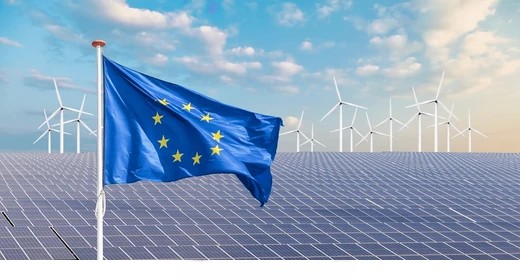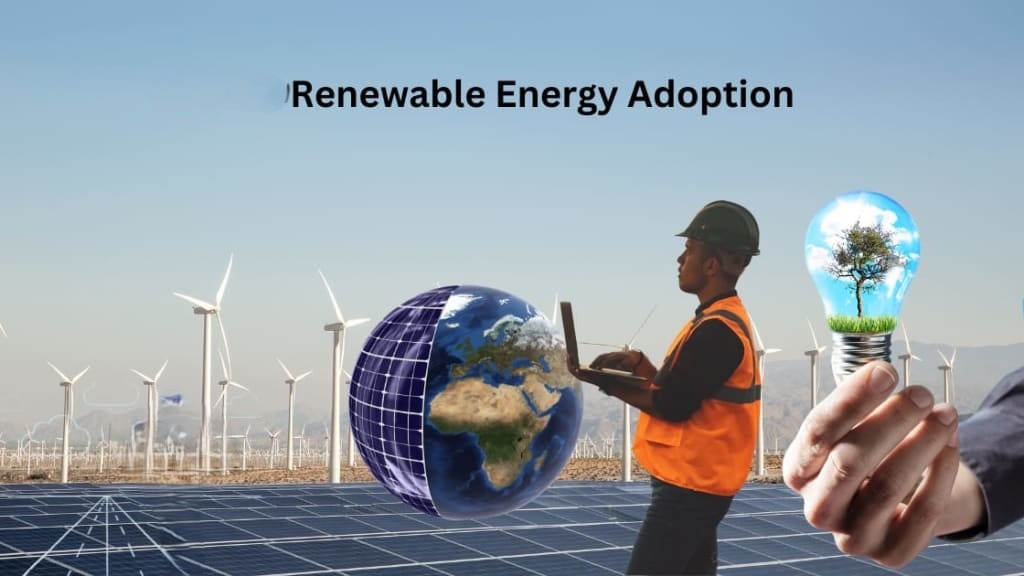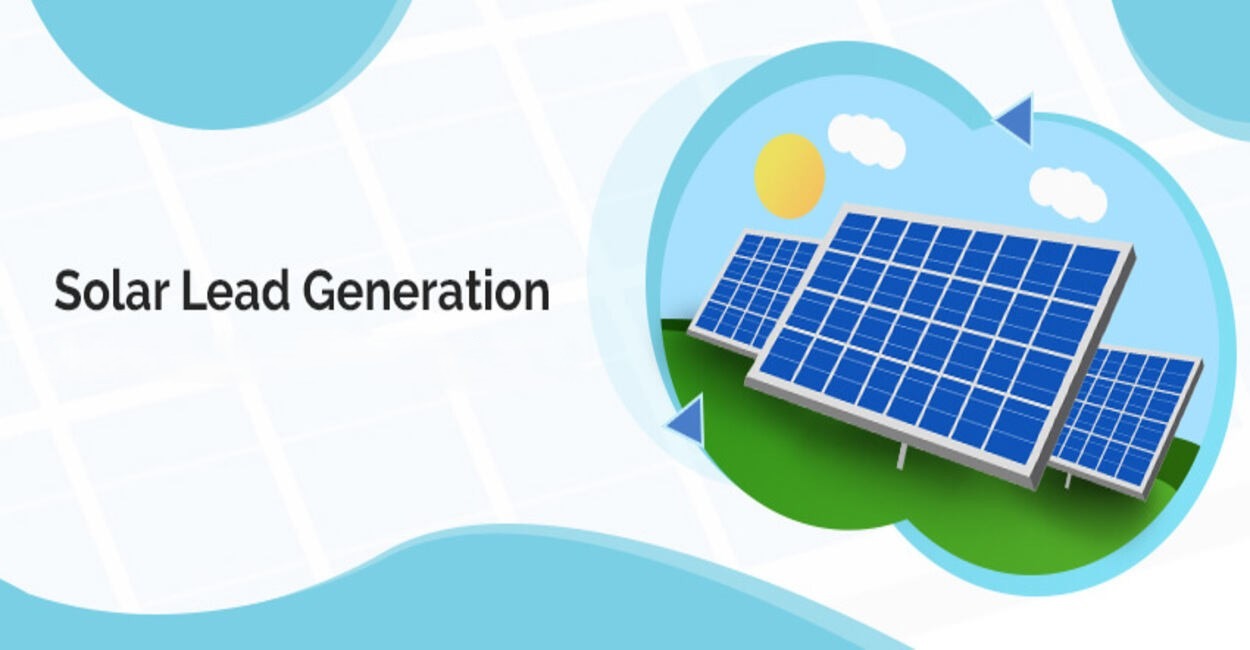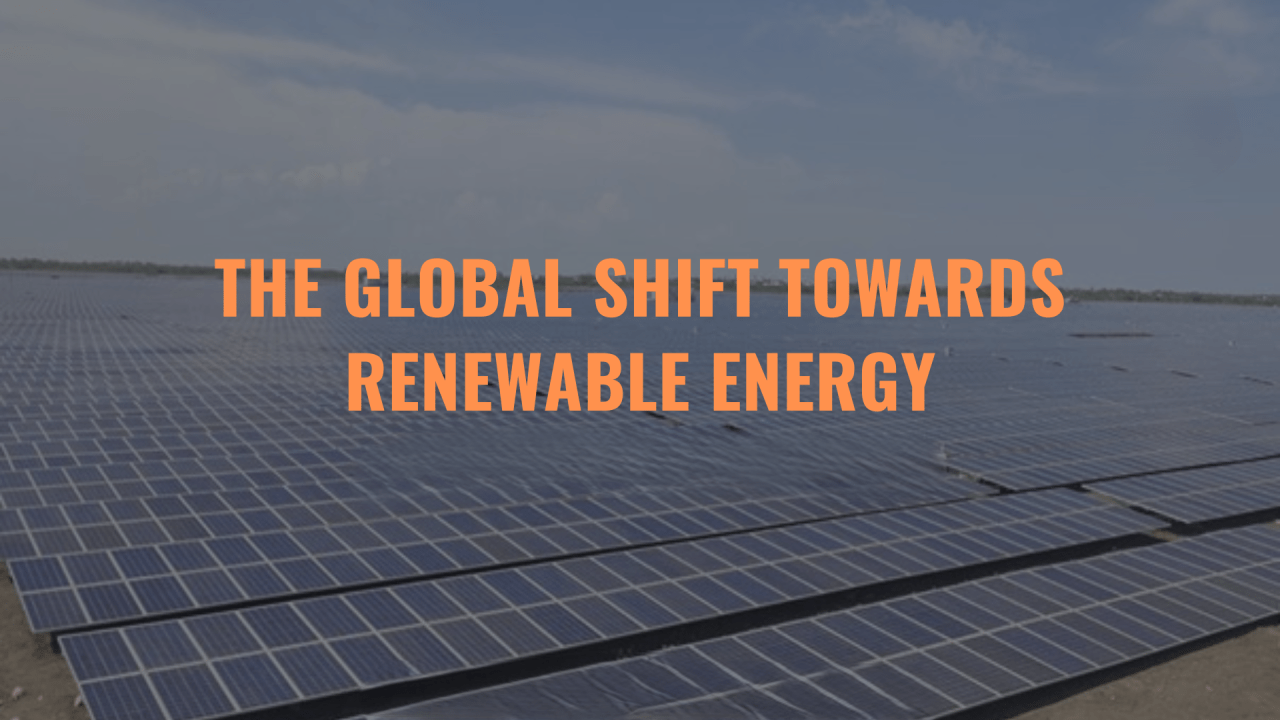Europe has long been a global leader in renewable energy, but after 2024, the continent’s solar transformation has shifted into an even higher gear. With bold climate targets, energy security concerns, and rapid technological innovation, European countries are accelerating solar adoption like never before.
From rooftop installations to large-scale solar farms, the European solar sector is experiencing record growth — marking a defining moment in the region’s clean energy future.
Why Europe Is Doubling Down on Solar After 2024:
Several key factors are fueling Europe’s renewed focus on solar energy:
• Energy Independence: The energy crisis of 2022–2023 highlighted the risks of relying on imported fossil fuels. Solar energy provides a secure, homegrown alternative.
• EU Climate Goals: The European Green Deal and REPowerEU plans aim for net-zero emissions by 2050 and a 45% renewable energy share by 2030.
• Falling Costs: Solar power is now the cheapest new electricity source in much of Europe.
• Public Support: European citizens overwhelmingly back renewable energy expansion.
Together, these forces are transforming solar power from an alternative option into the cornerstone of Europe’s energy future.
Record-Breaking Growth Across the Continent:
According to SolarPower Europe, the continent added over 60 GW of new solar capacity in 2024 alone — a 40% increase compared to 2023.
Some standout trends include:
• Massive utility-scale solar parks are being developed across Spain, Portugal, and Greece.
• Rapid rooftop solar growth in Germany, Italy, and the Netherlands.
• Emerging markets like Poland and Romania are becoming new solar hotspots.
This surge demonstrates Europe’s commitment to scaling up solar capacity in every sector — residential, commercial, and industrial.
🇪🇺 Leading European Solar Champions:
1. Germany – Europe’s Solar Powerhouse
Germany remains Europe’s solar leader, continuing to add gigawatts of capacity each year. Its Renewable Energy Sources Act (EEG) supports feed-in tariffs and community energy projects. The country’s goal is to reach 215 GW of installed solar capacity by 2030.
2. Spain – The Solar Giant of the South
With abundant sunshine and strong government backing, Spain is one of Europe’s fastest-growing solar markets. It’s home to some of the largest solar farms in the EU, such as the Núñez de Balboa and Francisco Pizarro projects, each generating hundreds of megawatts.
3. Netherlands – The Rooftop Solar Leader
Despite its small size, the Netherlands has achieved one of the highest solar capacities per capita in Europe. Smart policies, subsidies, and innovative rooftop systems have turned even warehouses and farms into solar energy producers.
4. France – Combining Solar with Sustainability
France is accelerating solar deployment through large-scale projects and agrivoltaics — where solar panels coexist with agriculture. The country aims to install 100 GW of solar capacity by 2050, focusing on integrating renewable energy into rural economies.
5. Poland – A Rising Solar Market
Poland, traditionally reliant on coal, is emerging as a surprise solar success story. Incentives for homeowners, EU funding, and corporate power purchase agreements (PPAs) are helping the country shift toward clean energy faster than expected.
Technology and Innovation Driving Europe’s Solar Future:
The next generation of solar technology is helping Europe move faster toward sustainability. Key advancements include:
• High-efficiency bifacial panels capture sunlight from both sides.
• Energy storage systems for a 24/7 solar power supply.
• Floating solar farms on lakes and reservoirs.
• Smart grids and digital monitoring for optimizing energy use.
• Building-integrated photovoltaics (BIPV) that blend solar panels into architecture.
These innovations make solar power more efficient, accessible, and adaptable to Europe’s diverse environments — from Mediterranean coasts to Nordic rooftops.
Policy Support: REPowerEU and Beyond
Europe’s REPowerEU plan, launched after the 2022 energy crisis, set a clear roadmap for clean energy independence. Key measures include:
• Simplifying solar permitting and grid connections.
• Mandating solar panels on new commercial and public buildings by 2027.
• Expanding funding for renewable infrastructure and battery storage.
These policies ensure that every European nation contributes to the continent’s shared clean energy vision.
Conclusion:
Europe’s post-2024 solar momentum signals a new era of sustainability and self-sufficiency. With supportive policies, advanced technology, and a unified vision, the continent is setting a global benchmark for renewable energy transition.
The European sun is not just a source of light — it’s the foundation of a cleaner, more secure, and prosperous future.




